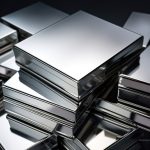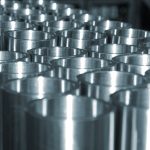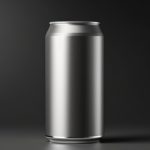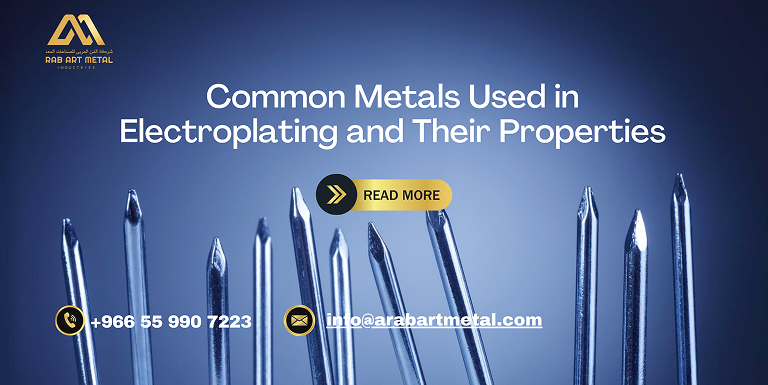Electroplating plays a large role in industries from luxury to aerospace use. Here at Arab Arts, our skill in precision metal finishing means we can provide quality electroplating for varied needs. A determining factor in quality electroplating is the metal that is used in the process. The metals in electroplating have their unique features, which help improve the function and beauty of the base material.
In this blog, we will discuss the most commonly used metals in electroplating and which properties make them suitable for varying applications.
Metals in Electroplating: Properties & Industrial Uses
1. Gold Electroplating

Gold has always been valuable for its beauty and good conductivity. The Gold electroplating is used in the luxury market and in the electronic industry due to its incredible resistance to corrosion, electrical conductivity, non-tarnishing surface, and beautiful high quality finish. You can use it for jewelry, circuit boards, watches, and decorative trims.
2. Silver Electroplating

The silver has excellent conductivity and antimicrobial properties. Silver electroplating is a common practice because of its electrical and thermal conductivity, bright and reflective finish, and natural antibacterial properties. You can make use of it for medical instruments, cutlery, and electrical contacts.
3. Nickel Electroplating

Nickel is best known for its corrosion protection and wear resistance. The Nickel electroplating provides strong corrosion resistance, excellent wear and abrasion protection, and a smooth and shiny finish. You can use it for automotive parts, bathroom fixtures, and electronics.
4. Copper Electroplating

The copper is a synonym for adhesion and a conductivity base layer. Copper electroplating is commonly used as an underlayer because it has high conductivity, great adhesion to other metals, and is cost-effective. You can use it for printed circuit boards and as a base for gold or silver plating.
5. Chromium Electroplating

The major features of chromium are its hardness and mirror finish. Chromium electroplating provides high hardness and durability, excellent wear resistance, and a glossy, mirror-like appearance. You can use it for automotive trims, tools, kitchen appliances, and more.
6. Zinc Electroplating

Zinc serves as an inexpensive, corrosion-resistant material. The Zinc electroplating is a suitable process for rust and oxidation prevention. It is a cost-effective protective coating while also being simple to apply over steel or iron. It is ideal for fasteners, bolts, nuts, and structural components.
7. Tin Electroplating

The tin electroplating promotes food safety and solderability. Tin is selected as a coating due to its non-toxic, food-safe attributes and oxidation resistance. You can use it for food containers, electronic components, and plumbing.
Why the Right Metals in Electroplating Matter?
At Arab Arts, we help our customers choose the right metals in electroplating according to:
- End-use environment (corrosive, high-temperature, or sterile)
- Aesthetic goals (luxury finish or industrial durability)
- Budget and maintenance considerations
Partner with Arab Arts for Expert Electroplating Solutions!
When you understand the characteristics of metals in electroplating, you can create durable, high-performance finishes. Arab Arts has the experience and precision to provide you with customized engineered solutions. Whether your business is in furniture design, luxury manufacturing, or industrial production, we will help you enhance your products with premium electroplating services.
Reach out to Arab Arts, your electroplating partner in the Middle East.
info@arabartmetal.com
+966 53 955 6209, +966 50 805 1693
